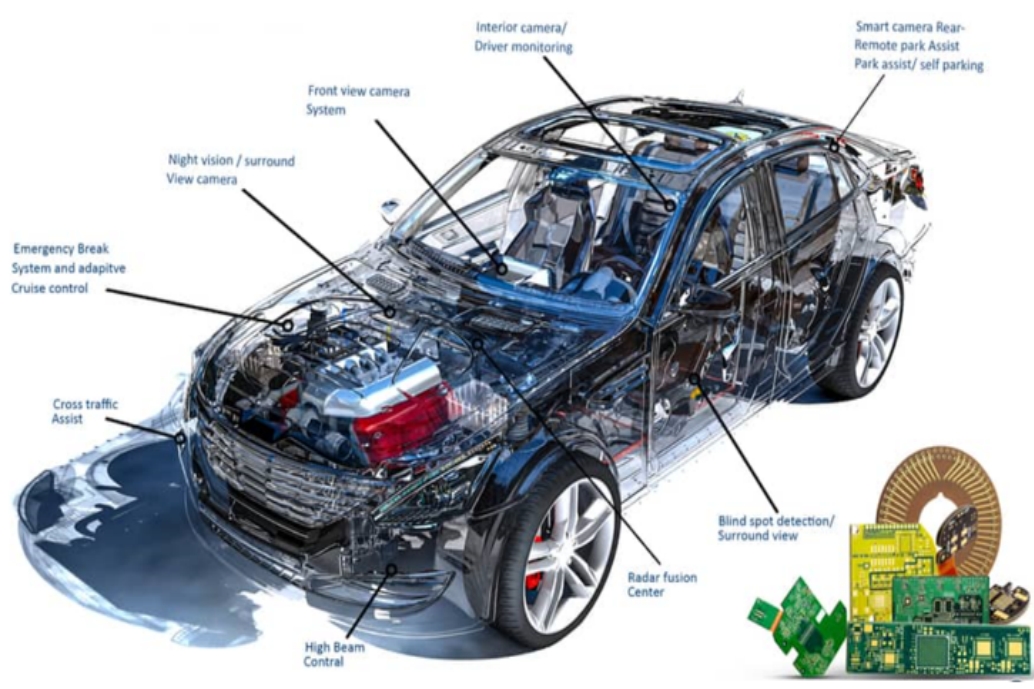Double Side PCB
Double-sided PCBs, short for double-sided printed circuit boards, are the workhorses of the electronics industry. They provide a versatile and efficient platform for connecting electronic components in various devices, from your smartphone and computer to your car’s engine control unit. In this introduction, we’ll delve into what double-sided PCBs are, their essential parameters, and the manufacturing process that brings them to life.
Key Parameters of Double-Sided PCBs:
Number of Layers: A double-sided PCB consists of two layers of substrate material, separated by a core layer. Copper traces are etched on both sides, allowing for more complex circuits and higher component density.
Size: Double-sided PCBs come in a variety of sizes and shapes and can be tailored to the specific requirements of the device in which they are used. Standard sizes (such as 4×6 inches) are typical, but custom sizes are available for unique applications.
Copper Thickness: The thickness of the copper layer on a double-sided PCB is measured in ounces per square foot (oz/ft²). Standard thicknesses include 1 oz and 2 oz, with thicker copper providing better current carrying capabilities.
Hole Size: Double-sided PCBs have holes for component leads or connectors. The accuracy and size of these holes are critical to ensuring proper component alignment and soldering.
Solder mask and silk screen: Solder mask is a protective layer applied to the PCB to prevent solder bridges and corrosion. A silkscreen layer is used for component markings and indicators.

Manufacturing process:
The production of a double-sided PCB involves several key steps:
Substrate preparation: The substrate (usually fiberglass epoxy) is cut to standard or custom sizes. It is then cleaned and prepared for the copper foil lamination process.
Copper Cladding: Copper foil is laminated to both sides of the substrate using heat and adhesive. These foils will become the conductive traces on the PCB.
Circuit Design: The circuit design of a PCB, including trace and component placement, is created using computer-aided design (CAD) software.
Etching: Using chemicals to etch away unwanted copper, leaving the desired traces and pad patterns.
Drilling: Drill holes for components and vias, which are small holes used to connect traces on different layers. This step requires precision to ensure members are aligned.
Plating: Plating holes with copper to enhance their conductivity and ensure a strong connection.
Solder Mask and Screen Printing: Multi-layer solder mask and screen printing protect and mark PCBs.
Testing: Double-sided PCBs require electrical testing, including continuity checks and insulation resistance testing, to ensure functionality and reliability.






